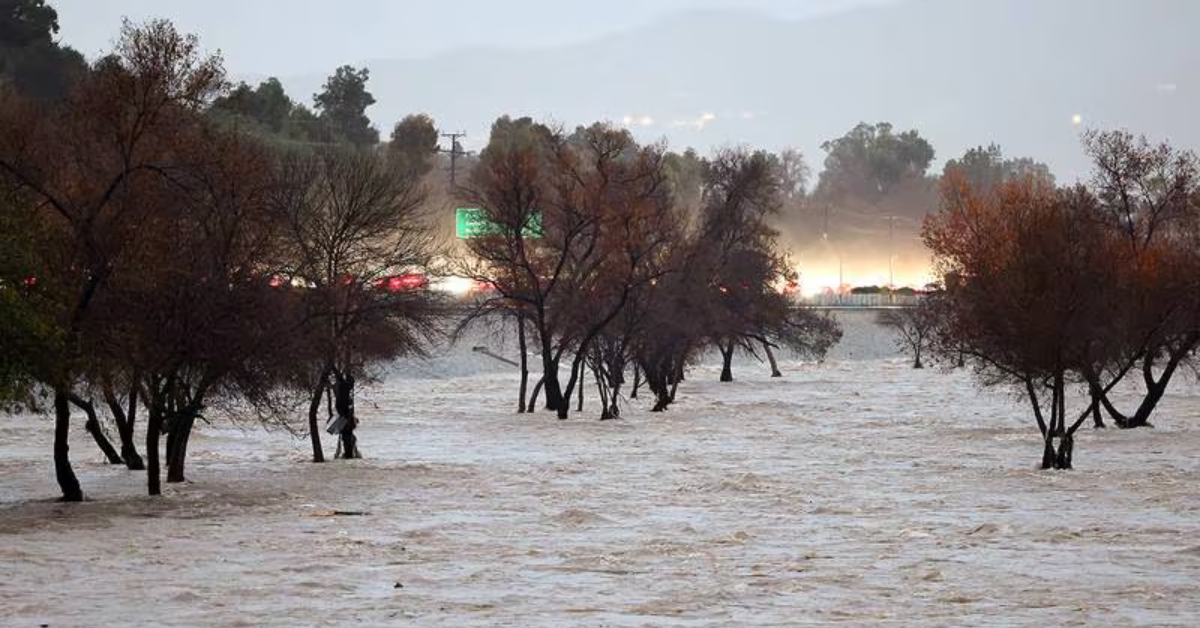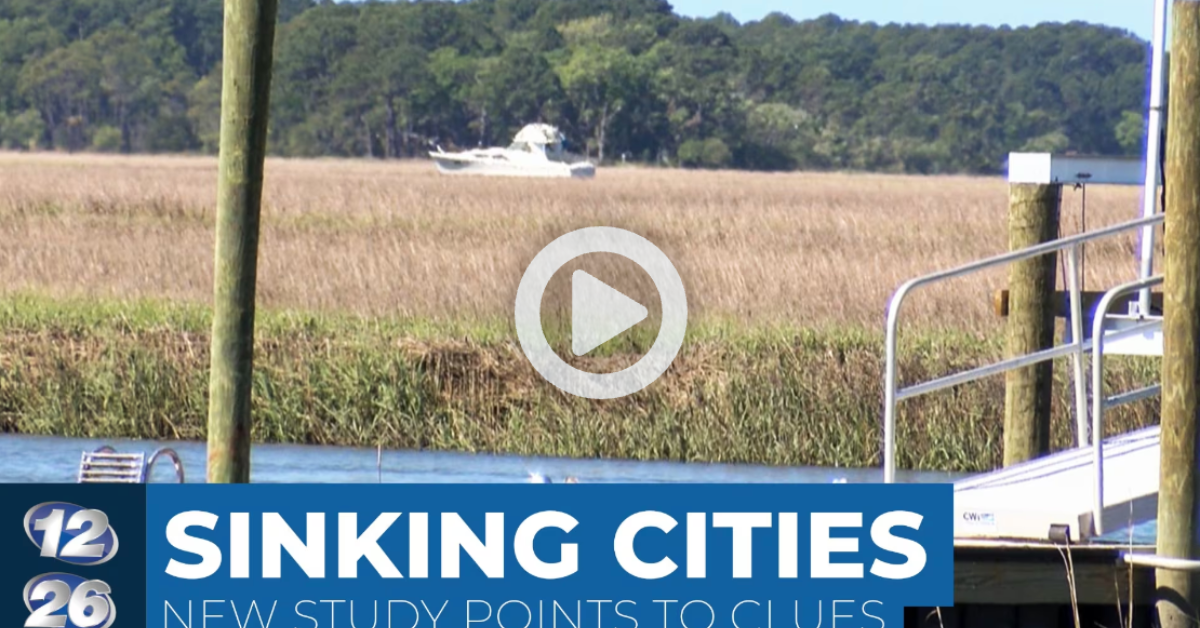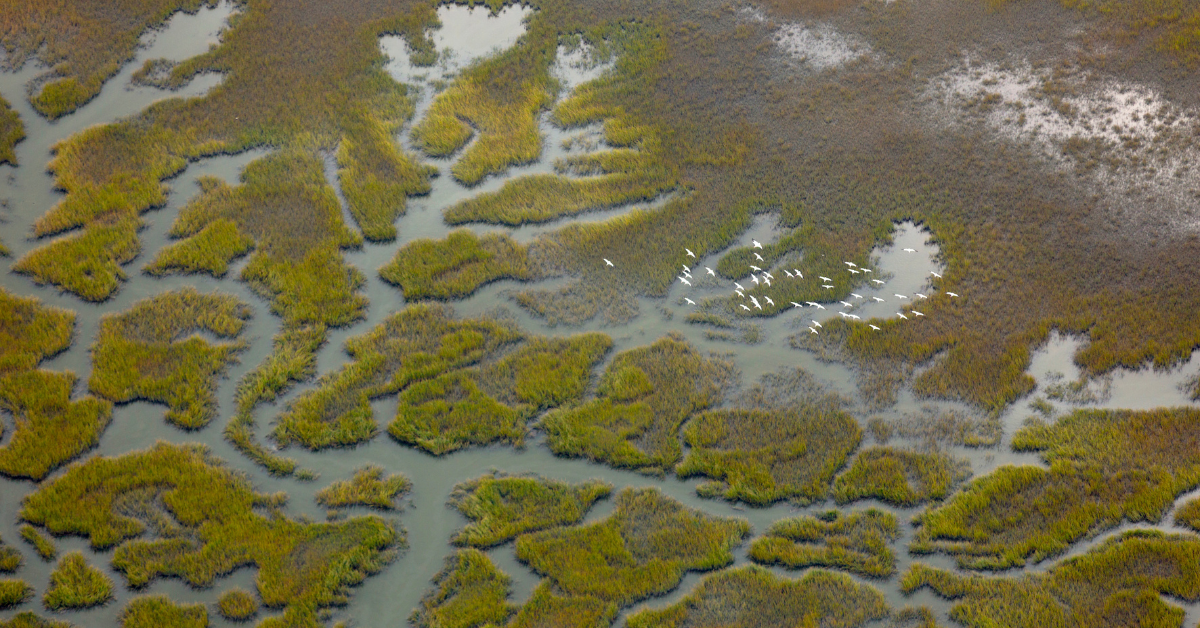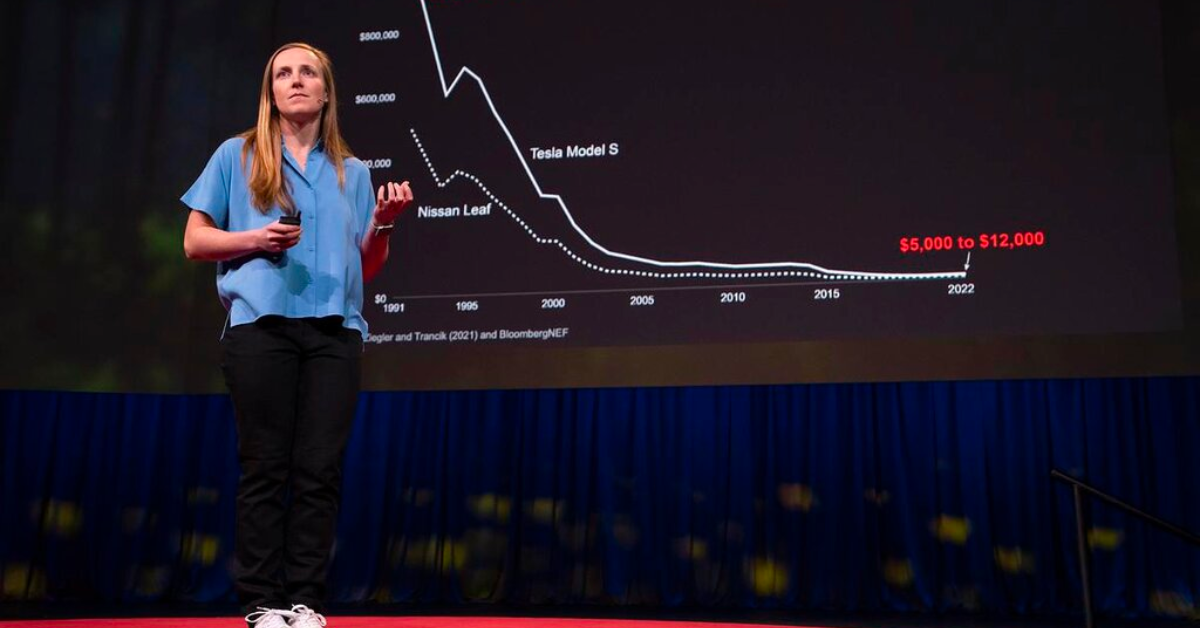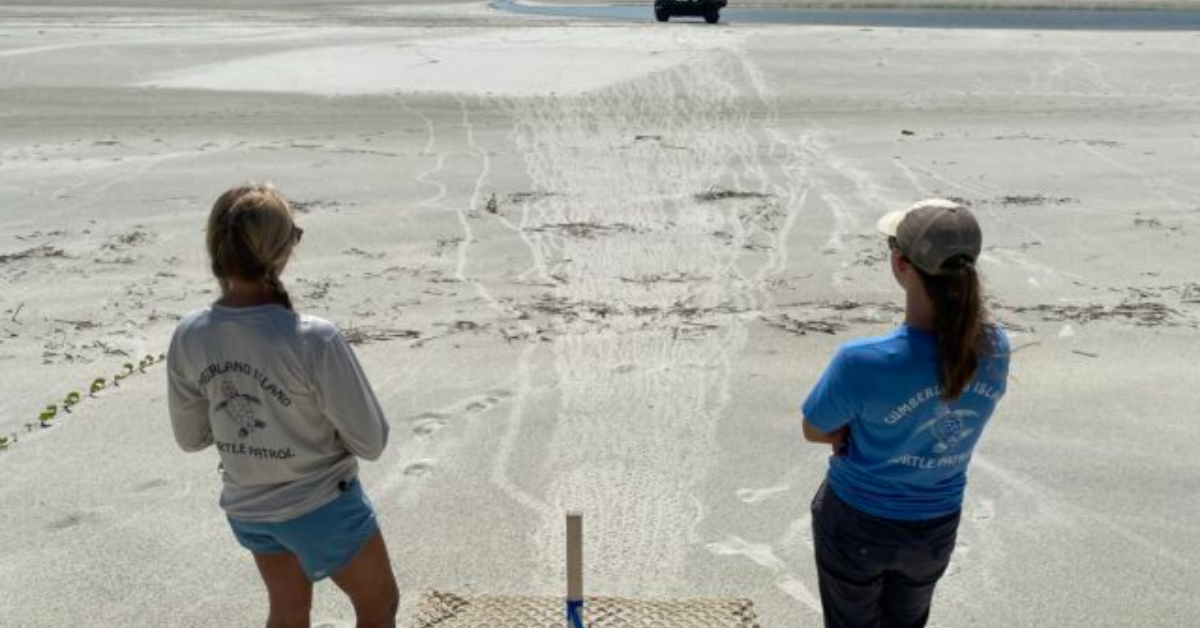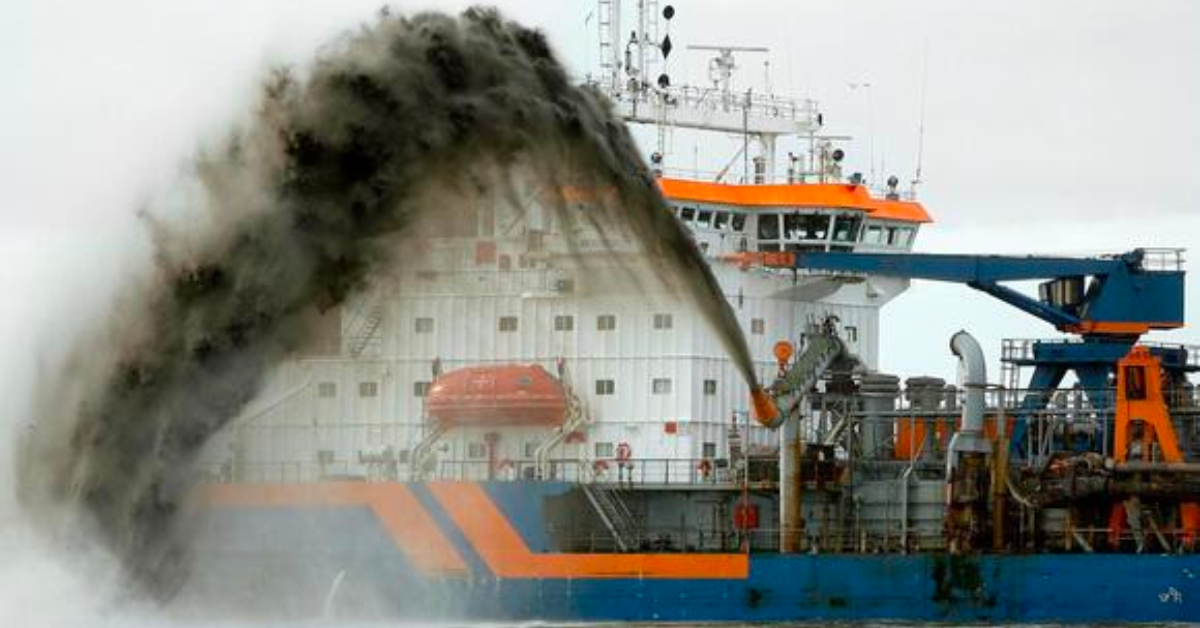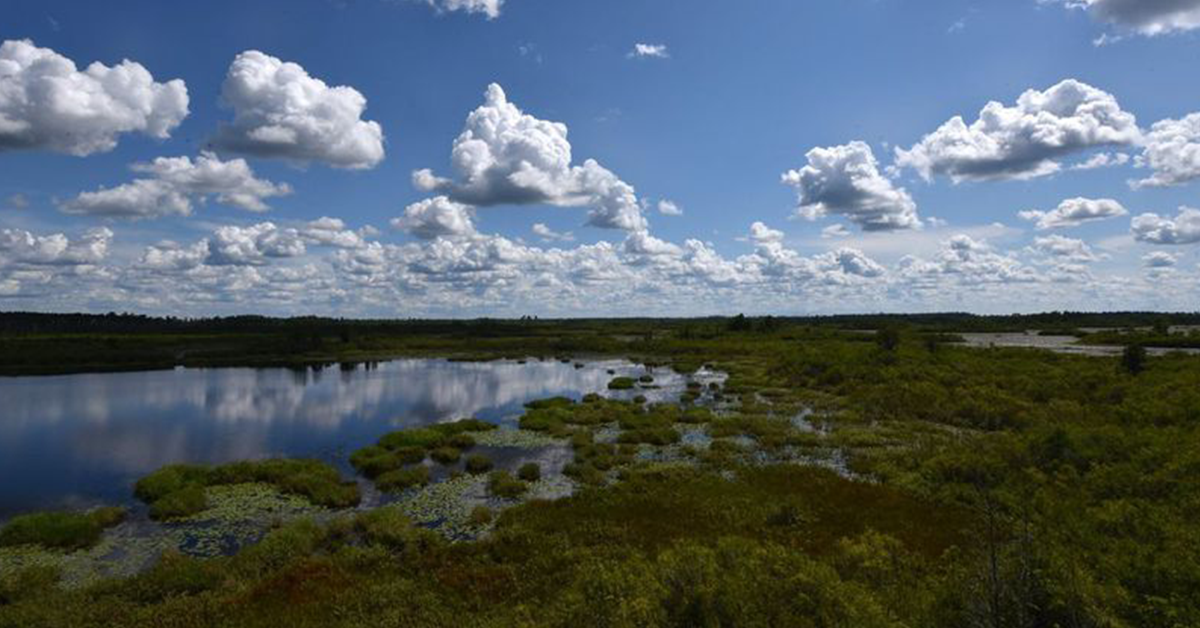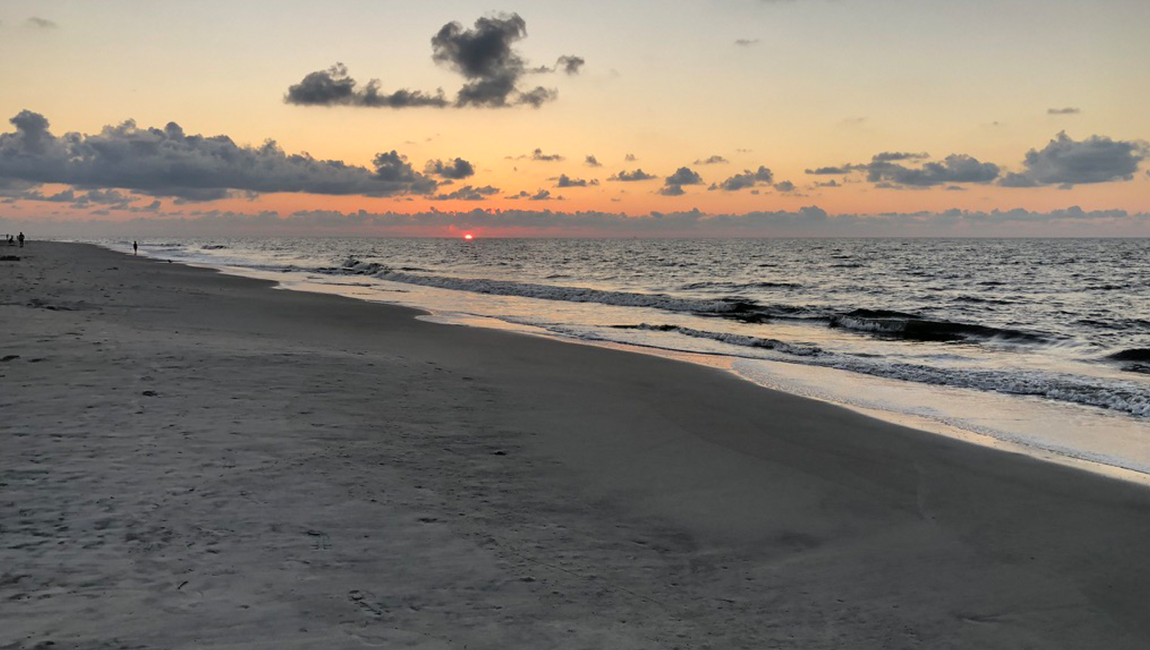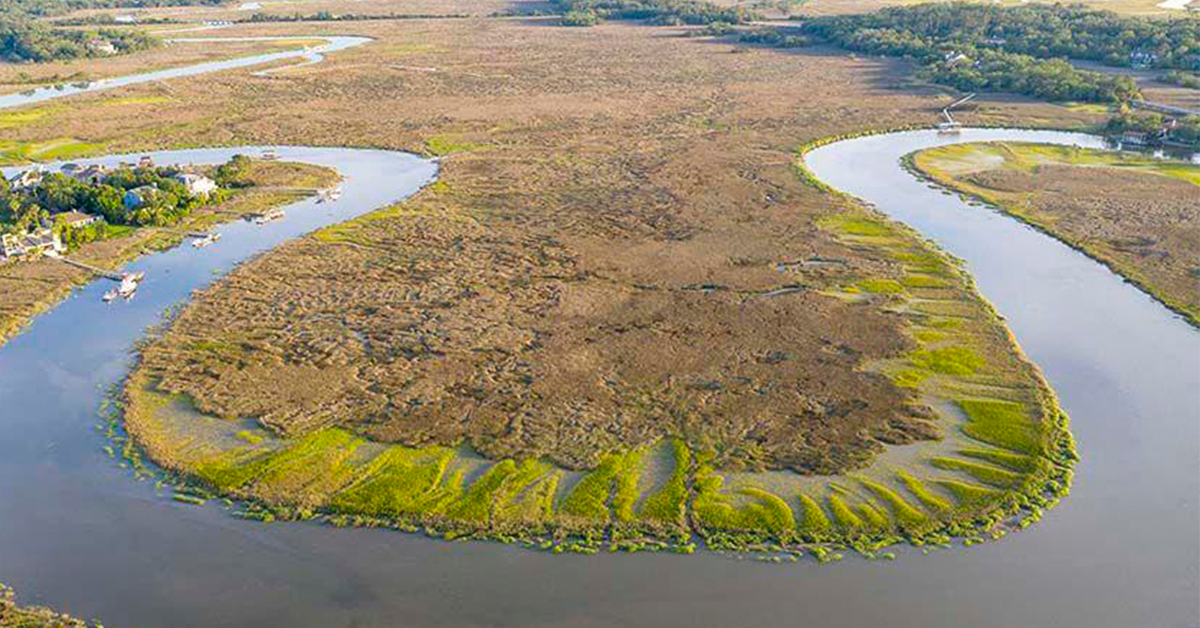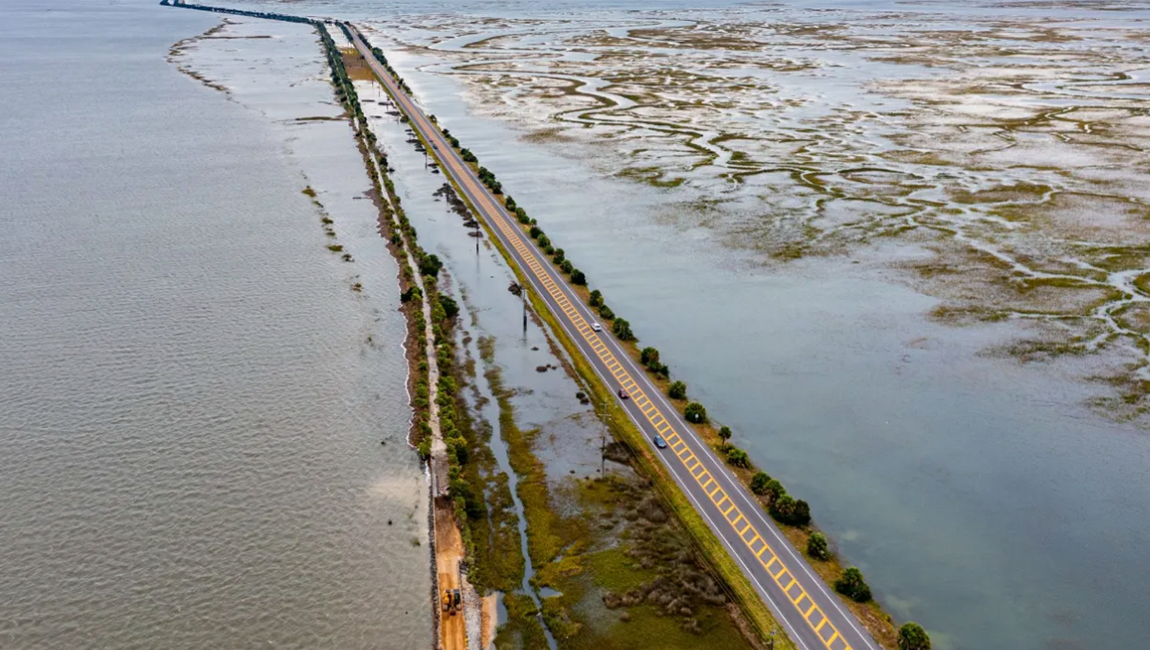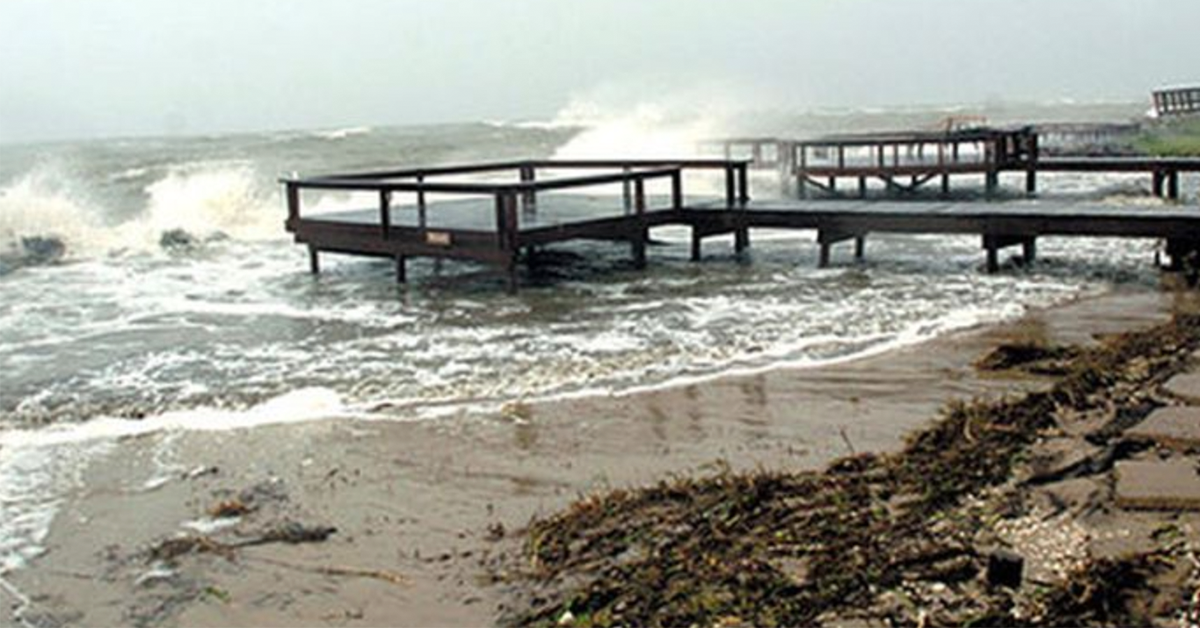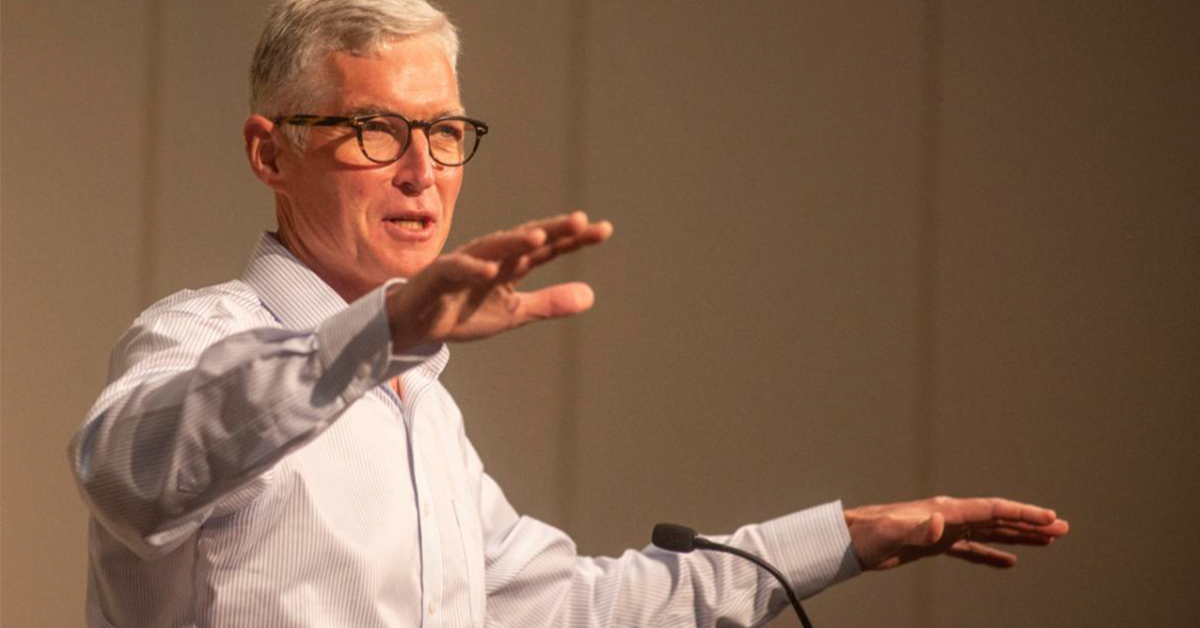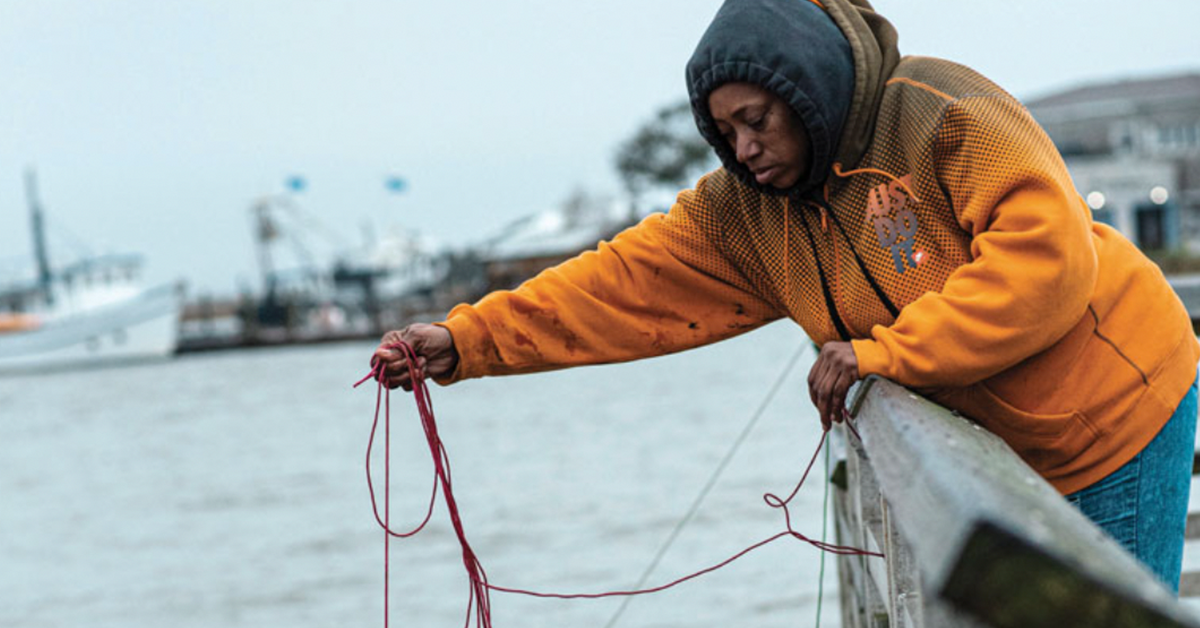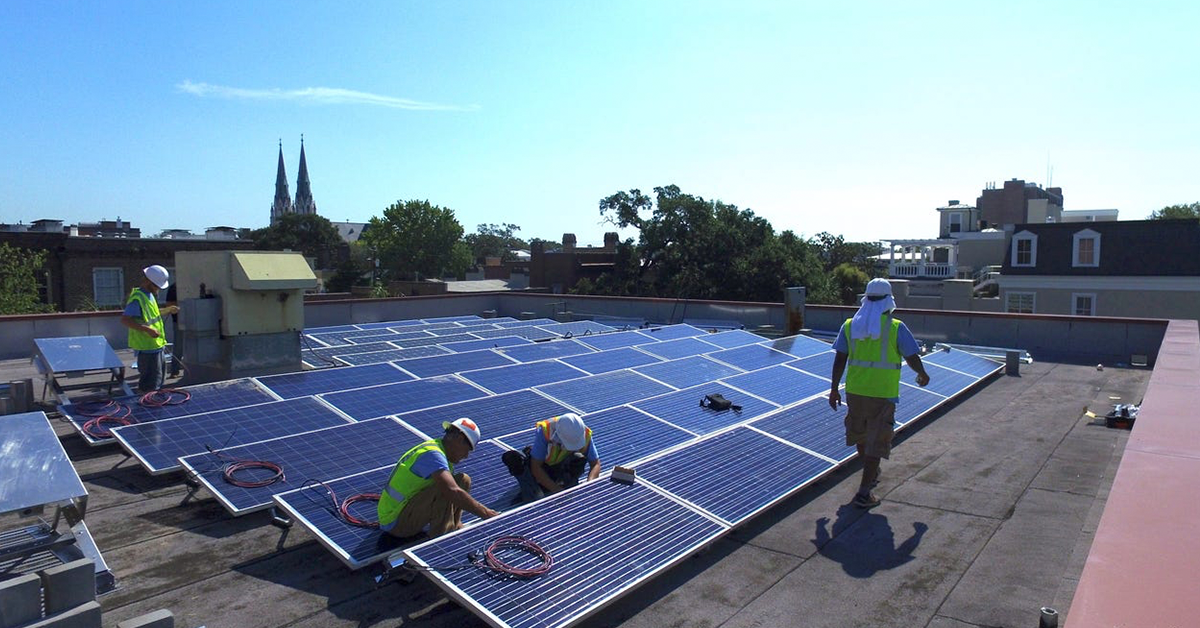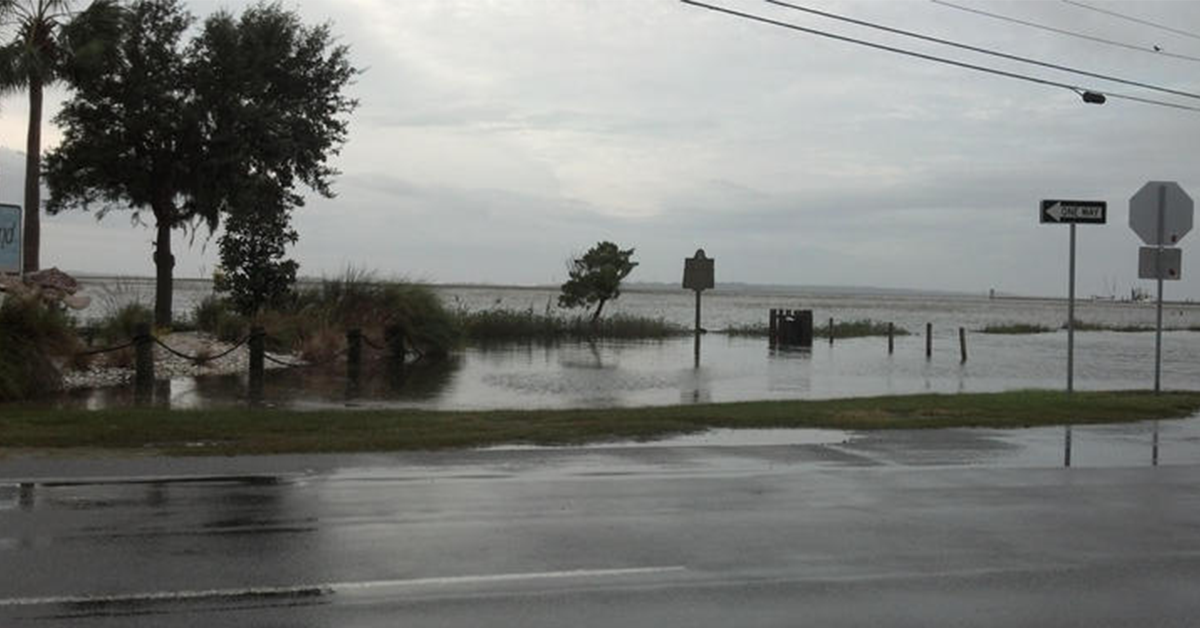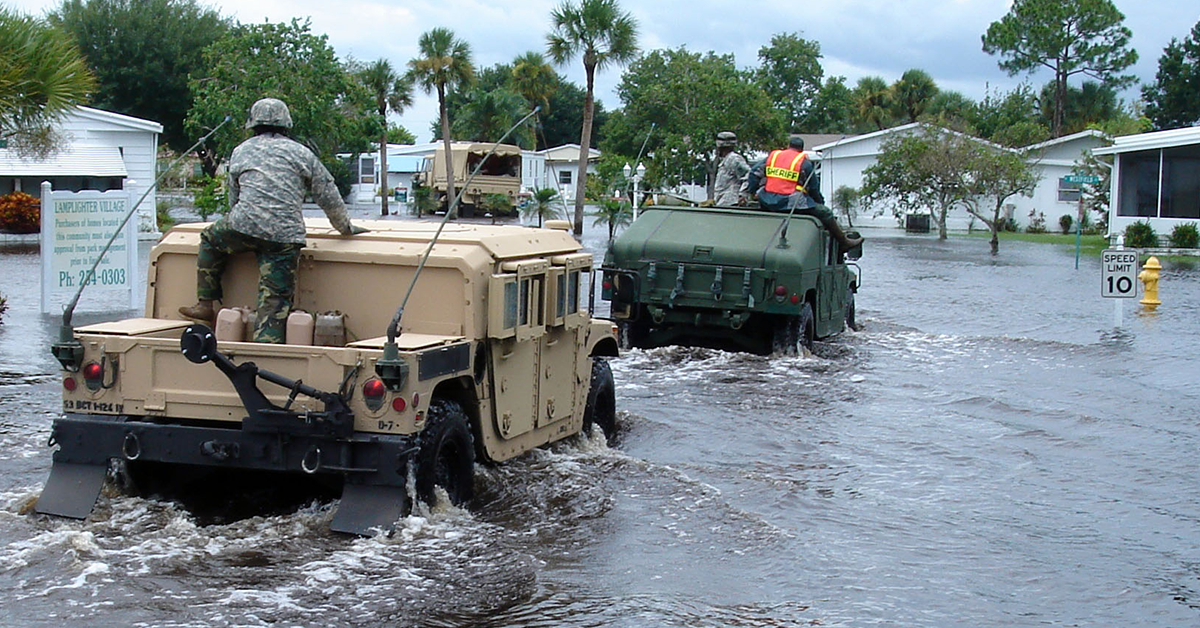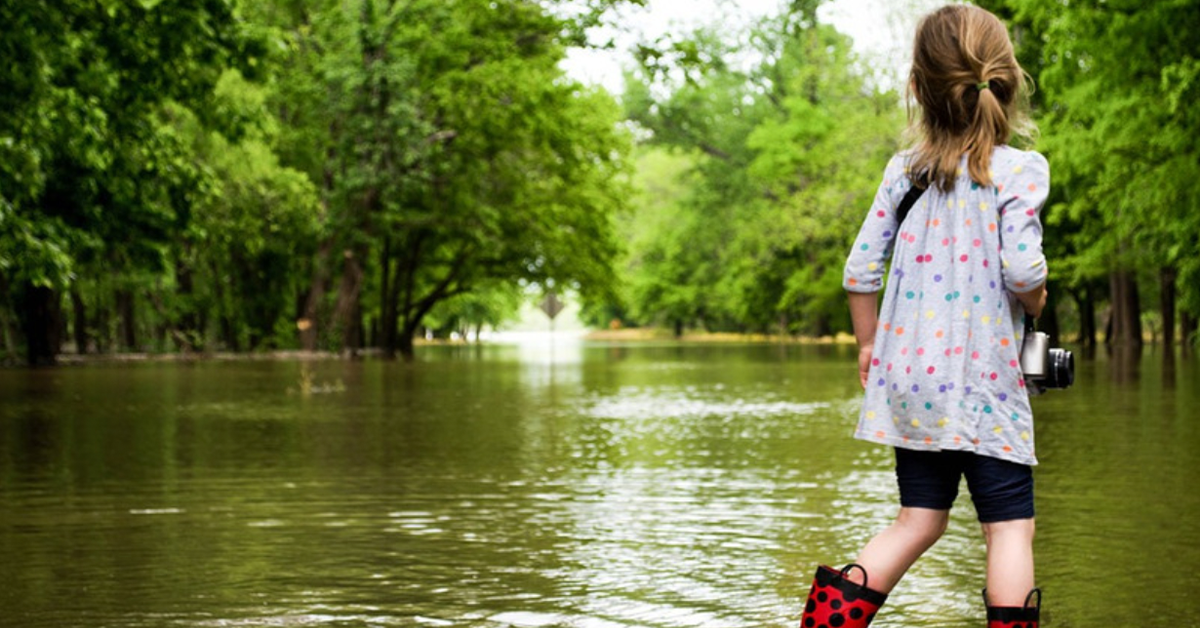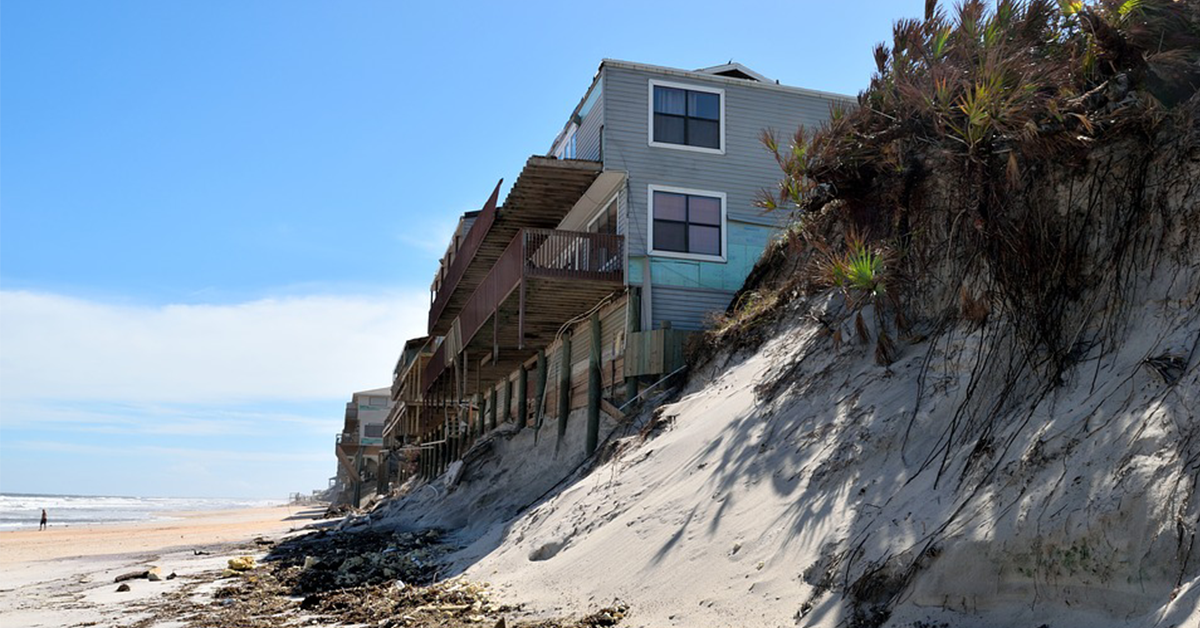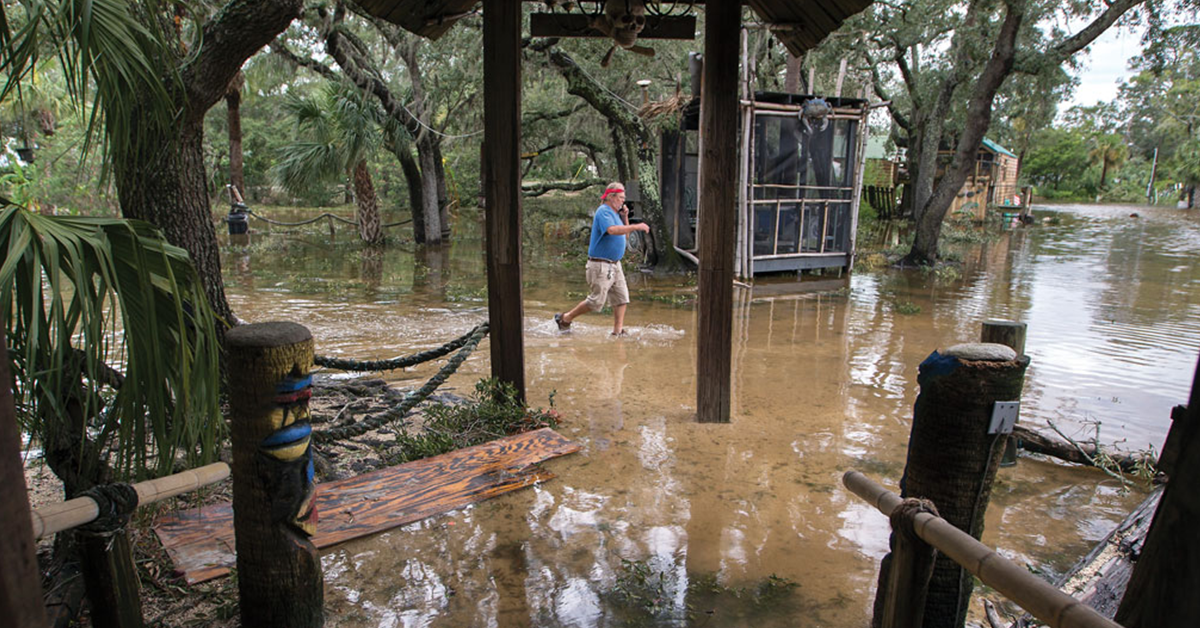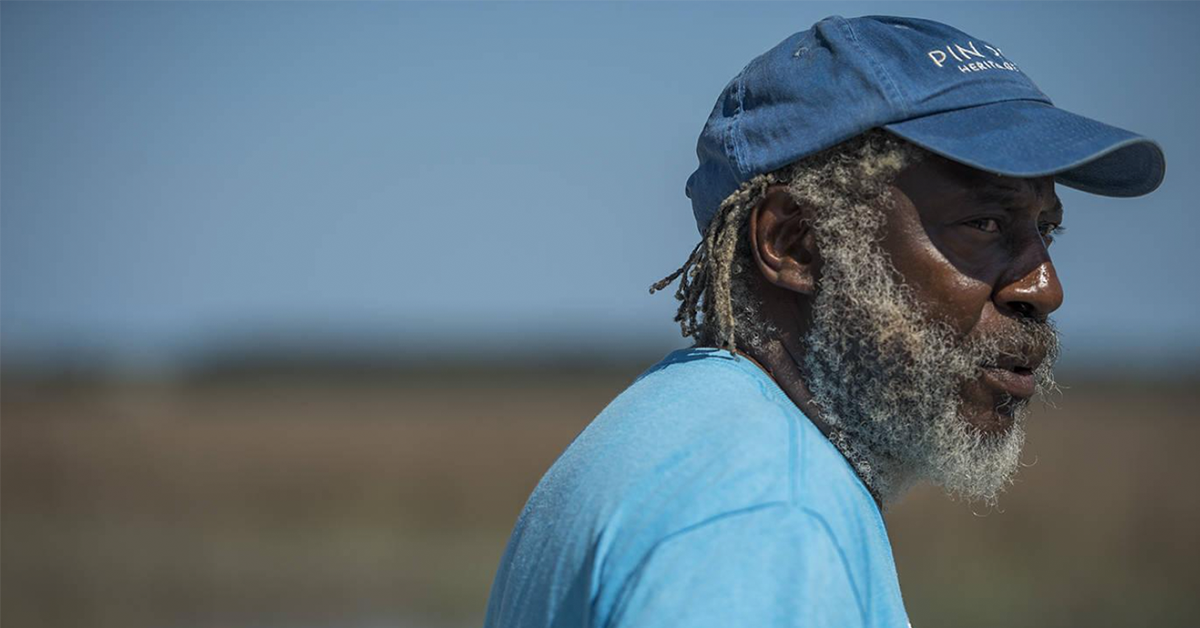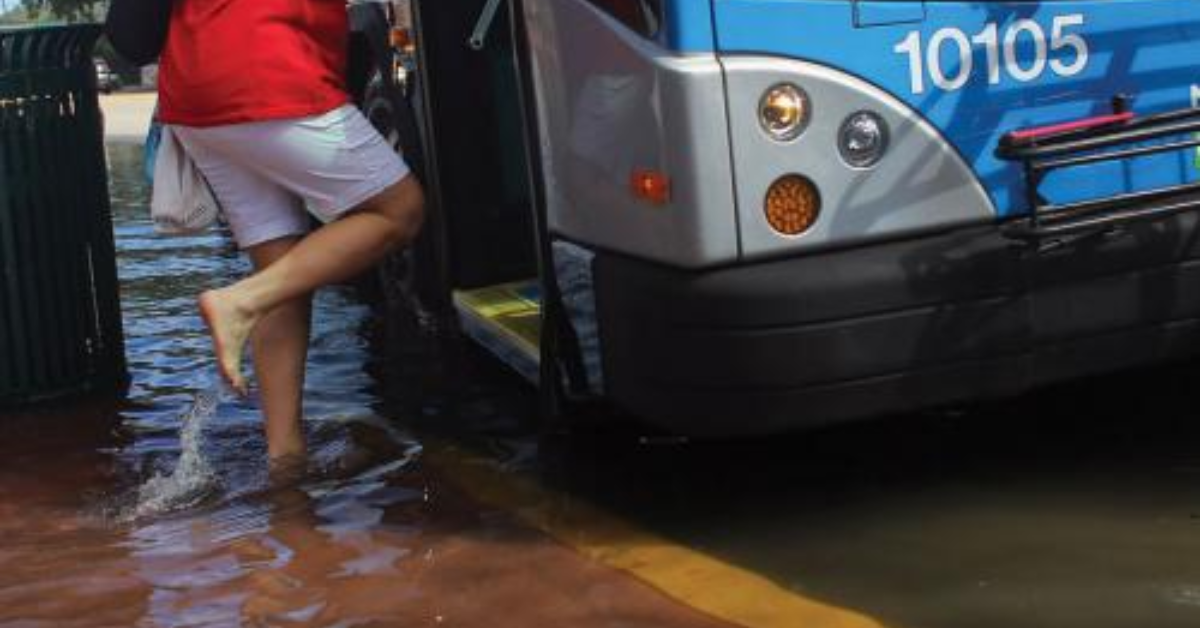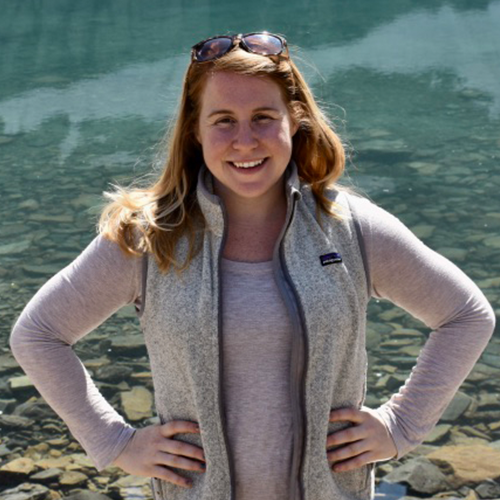As our Seas Rise, the Future of our Coast Hangs in the Balance.
Coastal Georgia’s barrier islands and historic, low-lying communities are particularly at risk. As our seas continue to rise, we can expect to see:
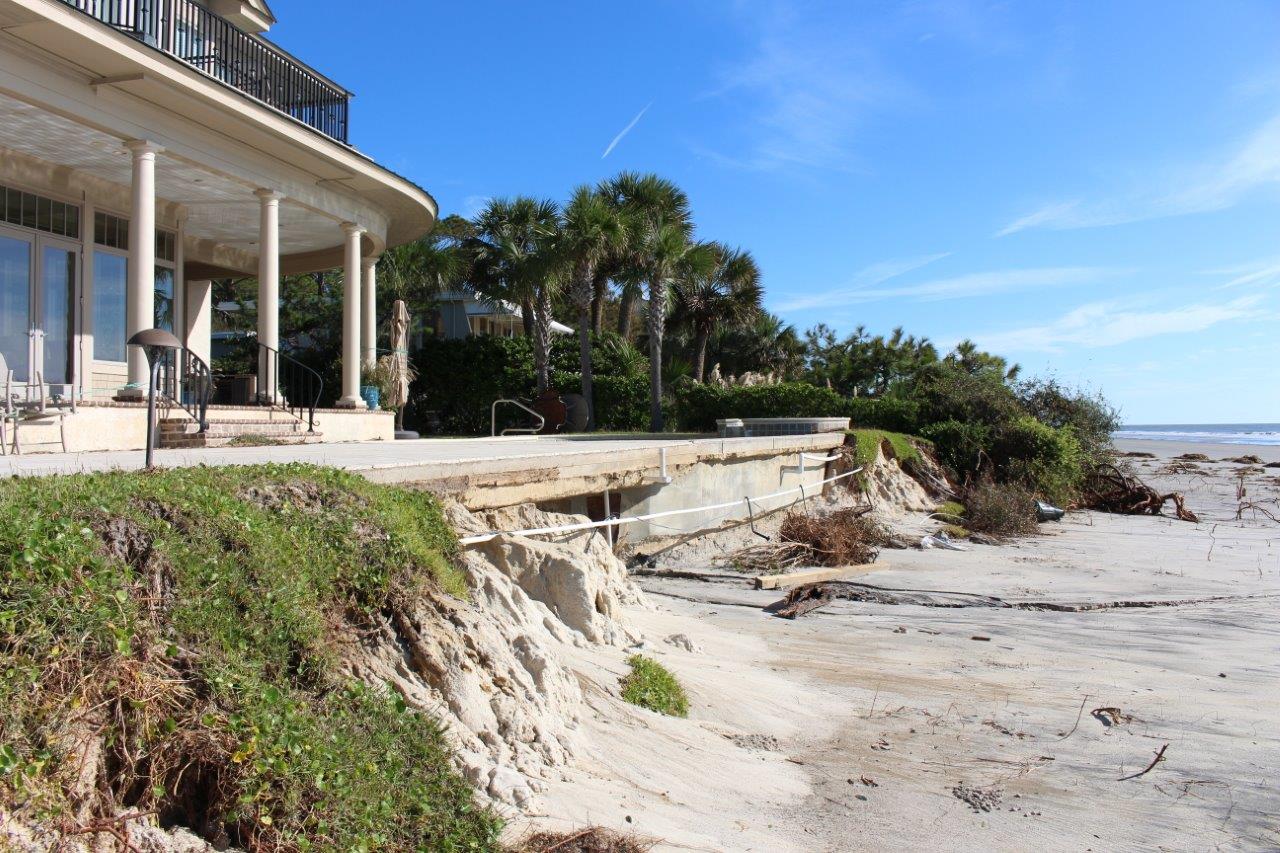 Loss of Habitat: Sea level rise will impact natural areas by flooding beaches and salt marshes, causing westward migration of these habitats. Unfortunately, the migration of these habitats will be impeded by manmade structures along the coast.
Loss of Habitat: Sea level rise will impact natural areas by flooding beaches and salt marshes, causing westward migration of these habitats. Unfortunately, the migration of these habitats will be impeded by manmade structures along the coast.
Coastal Erosion: Increased sea level exacerbates flooding during storm surges and King Tides by raising the water’s starting point (i.e. mean tide level). We can expect to see worsening erosion of protective barriers like sand dunes and further inundation of floodwaters.
Public Safety and Infrastructure: Our coastal communities will face impacts to our built environments, including public infrastructure, private property, and public safety. When we choose to invest in coastal development without considering resilience, we continue to invest in infrastructure that is incompatible with the future of our coast. Roads, municipal sewer systems/septic tanks, and drinking water wells are just some of the infrastructure threatened by sea level rise.
Cultural Heritage Preservation: The Gullah Geechee Cultural Heritage Corridor stretches along the Georgia coast and includes thousands of residents who rely on resilient planning and infrastructure to survive. Historically under-resourced and -represented communities are particularly affected by increased flooding, pollution from waste and stormwater, and vulnerability during storms (and lack of reinvestment after storm damage).
Even Georgians who do not live along the coast will feel the impacts from sea level rise. Nuisance flooding will become more common, impeding daily routines and commutes. As storms increase in intensity and frequency, storm surge during hurricanes will inundate further into our communities, making their impacts more severe. The cleanup from storms is paid for through tax dollars from all residents, not just those living along the coast.
The Time to Act is Now
Urge your Senator and Representative to create a state-sanctioned adaptation plan and Flood Risk Reduction Council to advise the state on the best ways to prepare. At the local level, you can work with your local councils to ensure they consider the impacts of flooding in land use planning and permitting.
Join the #ProtectThisPlace social media challenge! Visit iconic places across our coast most threatened by seal level rise to better understand how impacts are anticipated along our coast, according to the National Oceanic and Atmospheric Administration (NOAA). Visit a location and share a photo with the hashtag #ProtectThisPlace to increase community awareness.
For residents who live on or near the water, choose soft shoreline stabilization structures to allow for habitat migration and limit impervious surfaces on your property to reduce erosion. Everyone can help by staying off of sand dunes along our beaches.
Sea Level Rise in the News
WSB-TV 2 | 3/11/24
CNN Newsource | 3/7/24
WSAV 3 | 1/21/24
The Brunswick News | 12/29/23
The New York Times | 12/28/23
WABE | 10/19/23
Newsbreak | 9/5/23
The Brunswick News | 6/14/23
Savannah Morning News | 5/20/23
Sen. Ossoff Press Release | 5/3/23
VIMS | 3/7/23
Brunswick News | 11/26/21
Sen. Ossoff Press Release | 11/18/21
The Current | 11/5/21
AJC | 9/3/21
The Brunswick News | 8/13/21
Oxford American | 6/1/21
Savannah Morning News | 3/22/21
WABE | 11/24/20
The Brunswick News | 12/10/19
Savannah Morning News | 11/30/19
Fox 28 Savannah | 10/14/19
WSAV | 9/12/18
Atlanta Magazine | 7/5/18
Savannah Morning News | 4/22/17
Union of Concerned Scientists | 3/30/16
Alex Muir
Advocacy Coordinator
Contact Alex
“Concerned about the future of our coast? We need local leaders like you to take action today.”
Contact Alex for more information about sea level rise and the Save our Shores Campaign.

